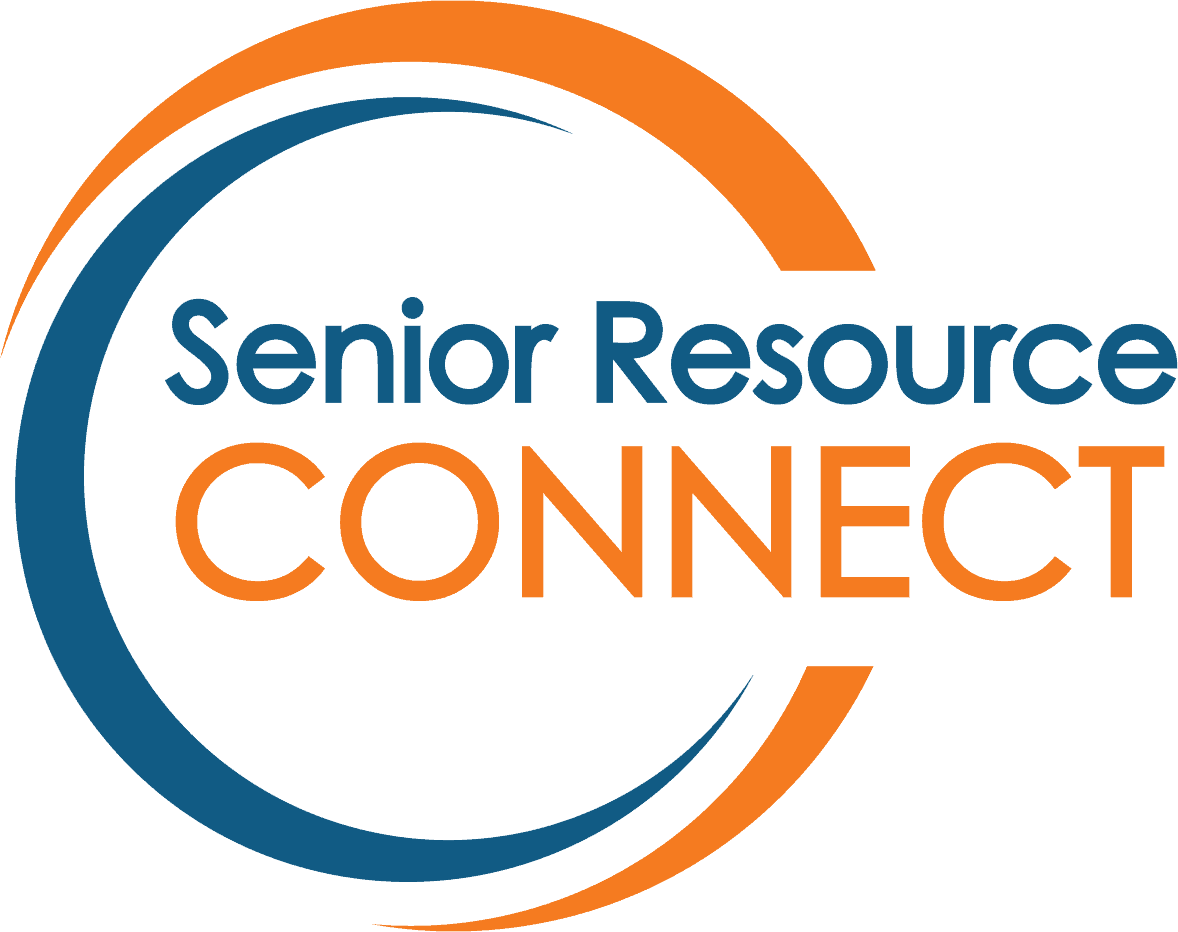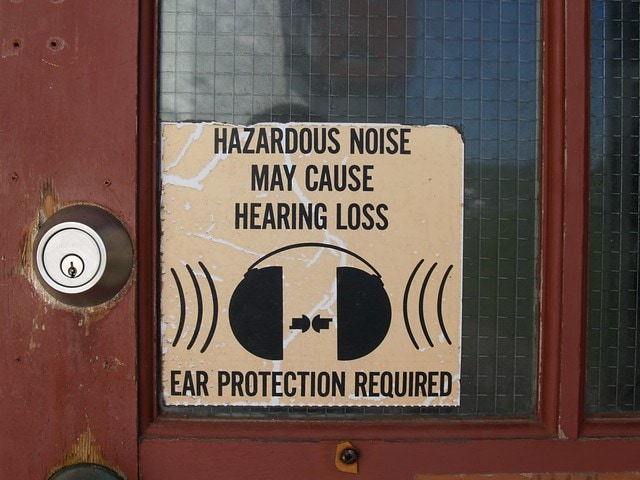Today is National Senior Health and Fitness Day and Sunday is Save Your Hearing Day, so it’s the perfect time to talk about protecting our hearing. According to the National Institute on Deafness and Other Communication Disorders (NDICD), about one in three people age 65-74 in the US experience hearing loss; those numbers jump to almost one in two people after age 75. This loss happens slowly over time, so you may not realize how severe the hearing loss has become.
Some hearing loss is normal as we age. Chronic conditions like diabetes can lead to hearing loss; certain medications that damage cells (e.g., chemotherapy) can also damage the ear’s sensory hair cells which, unfortunately, cannot repair themselves. Noise-induced hearing loss is incredibly common. This type of hearing loss is the result of being exposed to loud sounds too frequently (e.g., concerts), or sounds that are too loud (e.g., a gunshot). Because they have lived such long lives, it can be difficult to determine whether an older adult’s hearing loss is due to aging, a lifetime of being around loud sounds, or a combination of the two.
What can be done to protect our hearing?
- Make sure you’re listening to electronics (e.g., tv, radio, headphones) at a reasonable volume
- If you’re going to be in a loud environment (e.g., a concert), wear protective gear like ear plugs
- Make sure you’re getting a hearing test as part of your annual physical
- Limit your time around loud environments (e.g., someone mowing their lawn)
- If you smoke, quit. There’s a link between smoking tobacco can increase your chance of hearing loss.
- Talk to your friends and family about your hearing issues
Visit the Ahead of the Curve Resource Directory to find services for hearing and speech impairment in your community.






